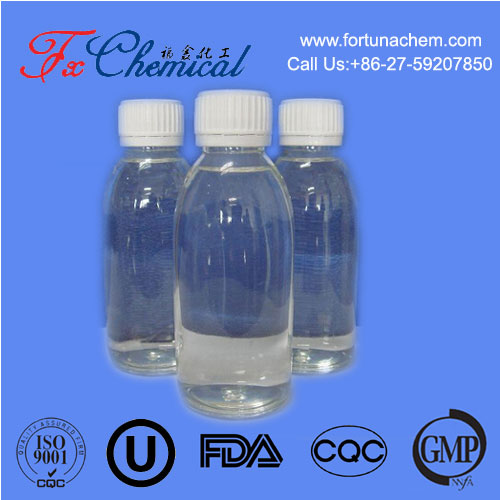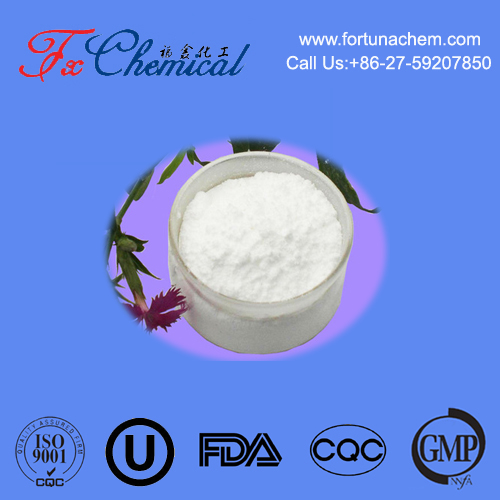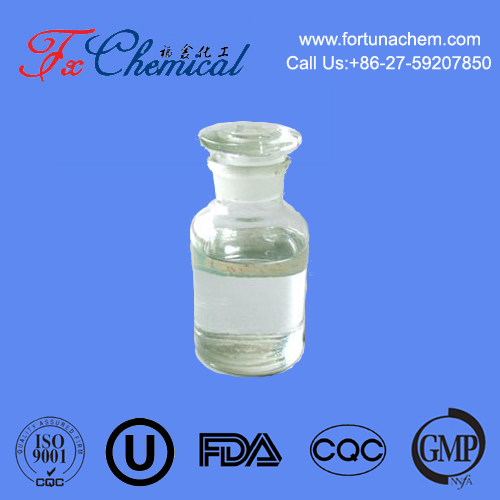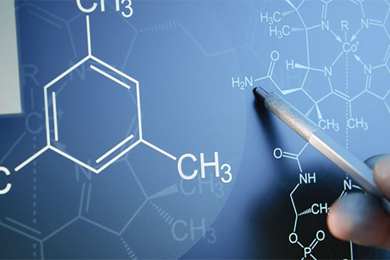
Search

Search

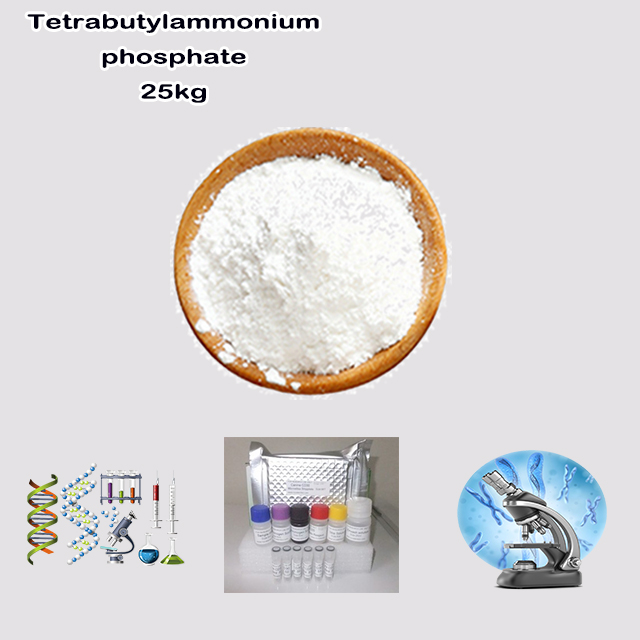
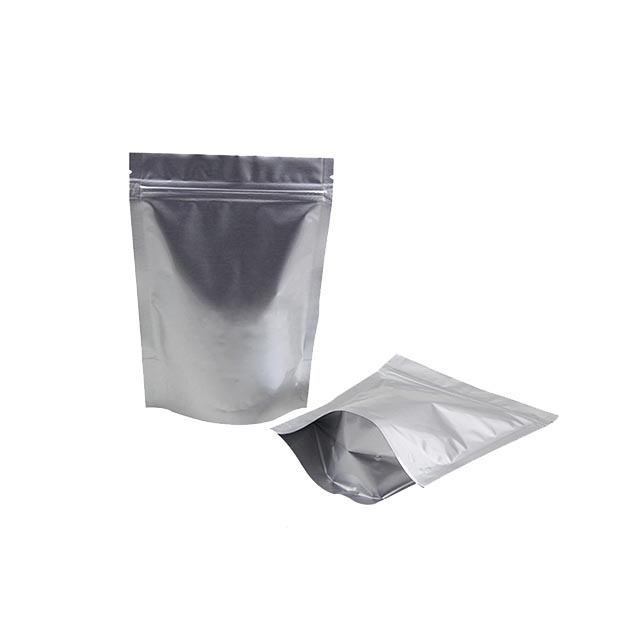
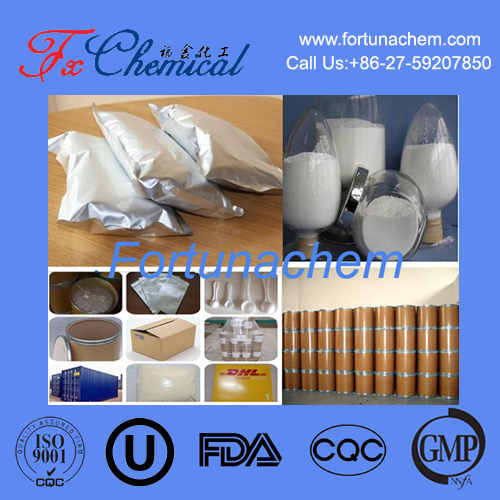
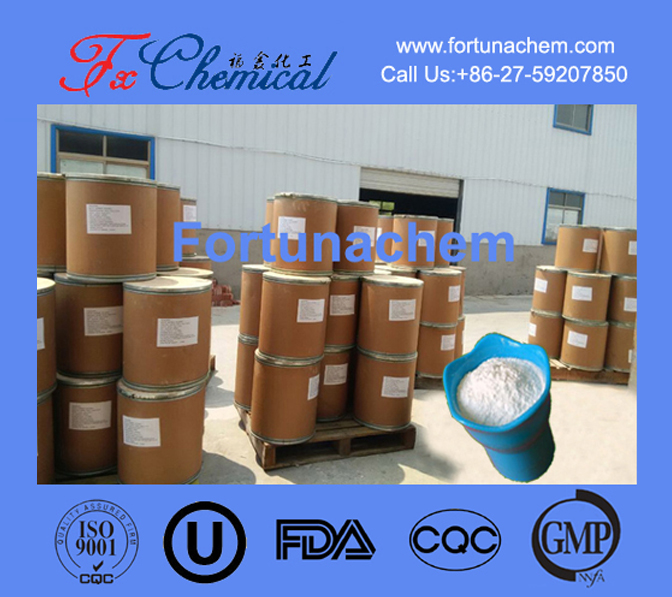
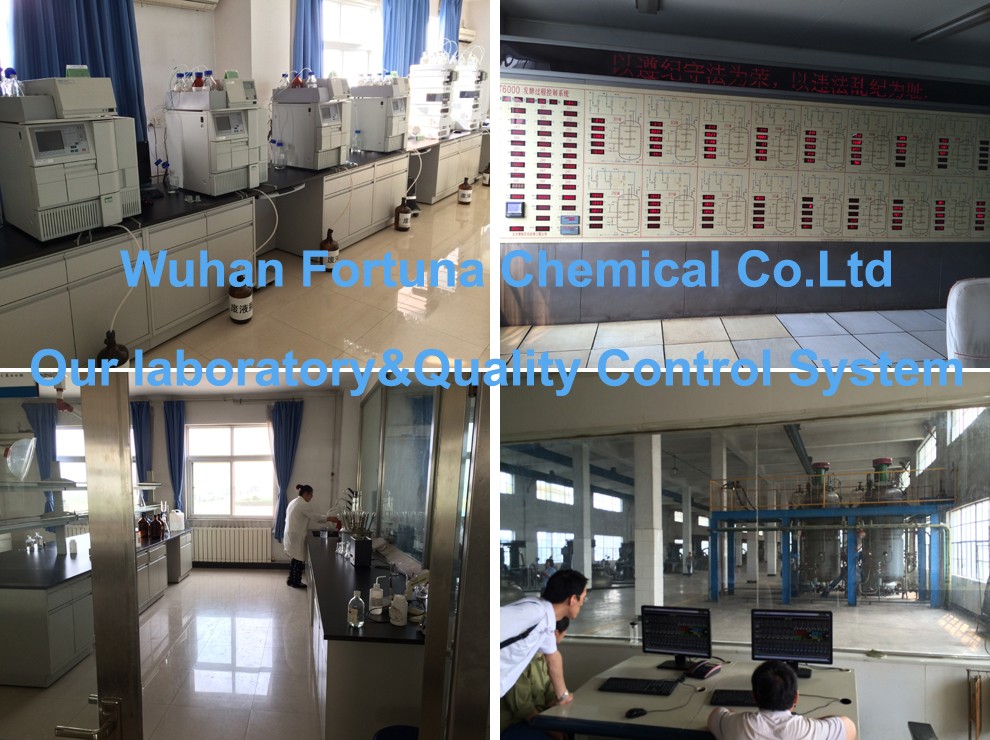





Tetrabutylammonium phosphate is an organic salt used primarily as a phase-transfer catalyst. It consists of a large, organic tetrabutylammonium cation and a phosphate anion. This structure allows it to dissolve in both water and organic solvents, making it invaluable for facilitating reactions between reagents that would otherwise remain separated in different phases. It is also widely used as an ion-pairing reagent in HPLC to improve the separation of acidic compounds. The compound is toxic and requires careful handling.
Items | Specifications | Results |
Appearance | Almost white solid | Complies |
Value(%) | ≥97.0 | 97.31 |
Residue on Ignition | ≤0.5 | 0.090 |
Loss on Drying | ≤2.0 | 1.66 |
Conclusion | Pass | |
Tetrabutylammonium phosphate is an organic salt, classified as a phase-transfer catalyst (PTC). Its chemical formula is often written as [(C₄H₉)₄N]₃PO₄ or (Bu₄N)₃PO₄, where "Bu" stands for the butyl group (-C₄H₉).
It is composed of two ions:
Cation: Tetrabutylammonium ([(C₄H₉)₄N]⁺). This is a large, bulky, and lipophilic (oil-soluble) organic cation.
Anion: Phosphate (PO₄³⁻). This is a small, inorganic, and hydrophilic (water-soluble) anion.
This combination of a large organic cation and a small inorganic anion is the key to its unique properties and applications.
Appearance: Typically a white to off-white crystalline or waxy solid.
Solubility: It is uniquely soluble in both organic solvents (like dichloromethane, toluene, chloroform) and water. This dual solubility is its most critical property.
Function: It acts as a phase-transfer agent, shuttling the phosphate anion (and other anions) from an aqueous phase into an organic phase where reactions can occur.
Hygroscopic: It can absorb moisture from the air.
This is its most significant application. Many chemical reactions involve reactants that are dissolved in two immiscible (unmixable) phases—for example, an ionic salt (like sodium cyanide, NaCN) in water and an organic compound (like an alkyl halide) in an organic solvent.
Without a catalyst, the reaction is extremely slow because the ionic reactant (CN⁻) is not soluble in the organic phase where the other reactant is.
How Tetrabutylammonium phosphate works:
The tetrabutylammonium cation (Bu₄N⁺) is soluble in the organic phase.
It exchanges its phosphate anion (PO₄³⁻) in the aqueous phase for the desired anion (e.g., CN⁻), forming a new ion pair: (Bu₄N⁺ CN⁻).
This new ion pair is soluble in the organic phase due to the large organic cation.
The anion (CN⁻) is now "naked" and highly reactive in the organic solvent, allowing it to react rapidly with the organic substrate (e.g., the alkyl halide).
After the reaction, the cation returns to the interface to shuttle another anion.
This process dramatically increases the reaction rate and yield while often allowing reactions to be run under milder conditions (e.g., lower temperature, without expensive anhydrous solvents).
Common reaction types it catalyzes:
Nucleophilic substitutions (e.g., with CN⁻, F⁻, N₃⁻)
Oxidations (using permanganate, hypochlorite)
Reductions
Elimination reactions
Polymerizations
Ion-Pairing Reagent in HPLC: This is another major application, particularly in reversed-phase High-Performance Liquid Chromatography (HPLC). It is added to the mobile phase to help separate and analyze ionic or highly polar compounds (like acids, bases, peptides, nucleotides) that would otherwise not be retained on a standard non-polar column.
Mechanism: The Bu₄N⁺ cation pairs with negative charges on the analyte, forming a neutral, lipophilic complex that can interact with the hydrophobic stationary phase, increasing its retention time and improving separation.
Source of Phosphate Anion: It can be used in organic synthesis as a soluble source of phosphate (PO₄³⁻) in non-polar solvents.
Electrochemical Studies: Used as a supporting electrolyte in non-aqueous electrochemistry because of its good solubility in organic solvents and wide electrochemical window.
Toxicity: Tetrabutylammonium salts are generally considered toxic and can cause irritation to the skin, eyes, and respiratory system.
Hygiene: Proper personal protective equipment (PPE) including gloves and safety glasses should always be used.
Storage: It should be stored in a cool, dry place, and due to its hygroscopic nature, it is often kept in a sealed container with a desiccant.
In short, tetrabutylammonium phosphate is a versatile phase-transfer catalyst that enables reactions between reagents in two immiscible liquids (like water and an organic solvent). Its unique structure makes it invaluable in organic synthesis for accelerating reactions and in analytical chemistry (HPLC) for separating challenging ionic compounds.
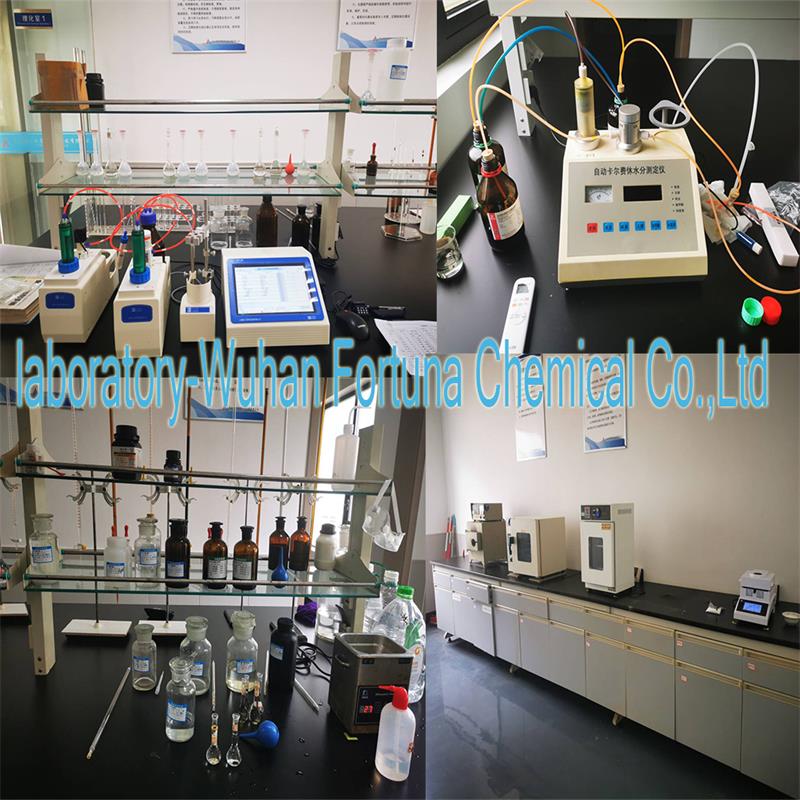
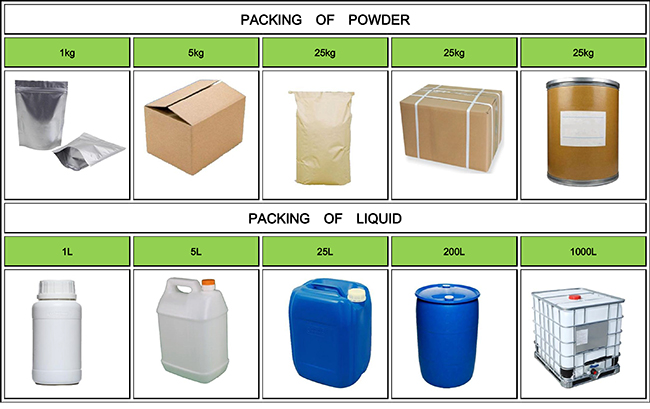
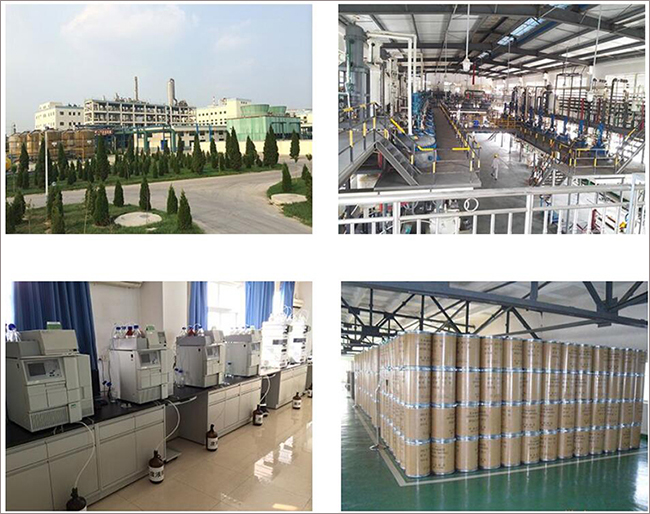

Fortunachem Provides Not Only Professional Chemical Products But Also Professional Help
Keeping you up-to-date with all the latest information, news, and events about Fortunachem!

Quick Links
Add:
E-mail:
 English
English  Español
Español  français
français  العربية
العربية 
